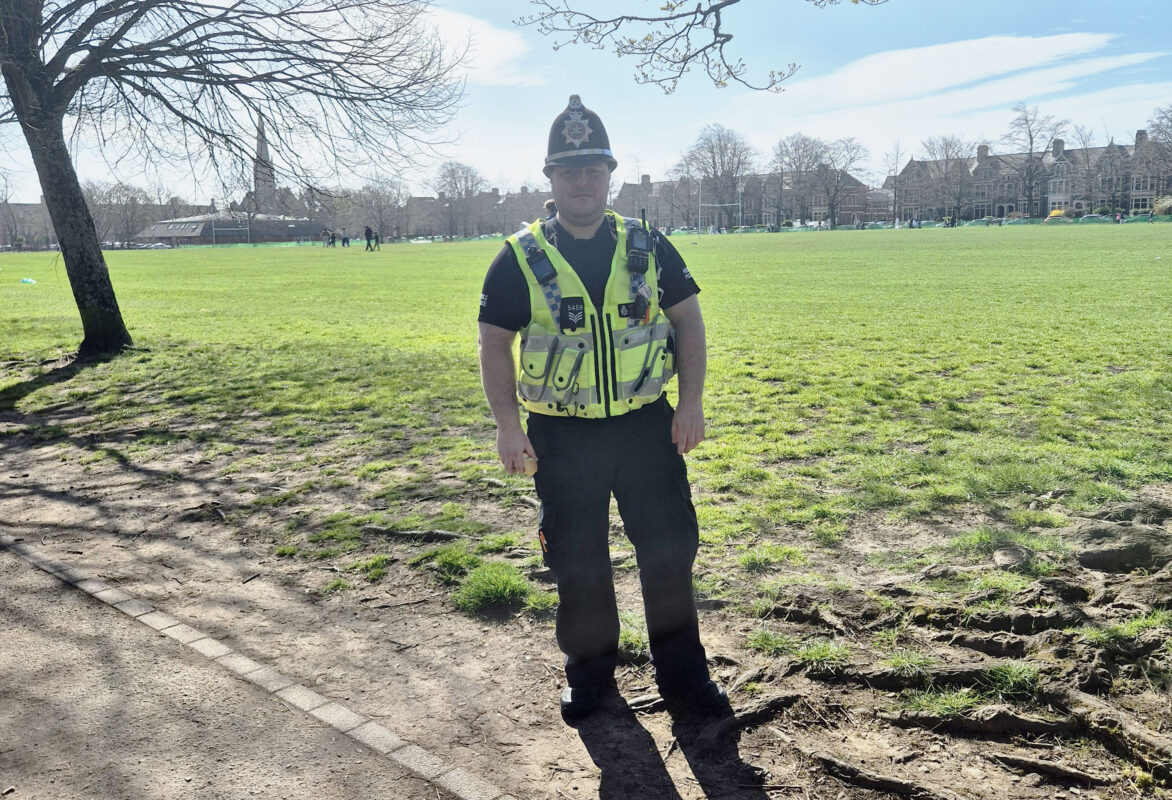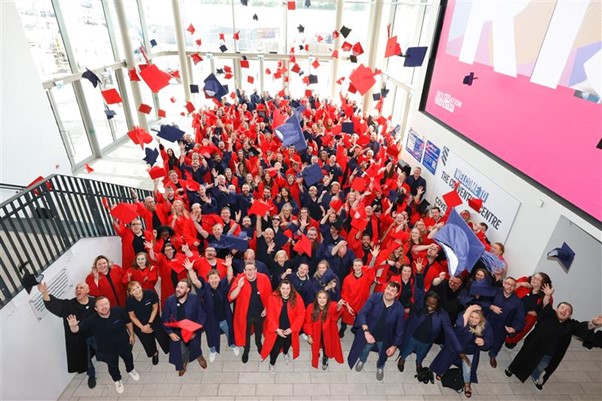36% of BAME students studying Medicine and Dentistry subjects at University

Medicine and Dentistry subjects revealed as the highest uptake for ethnic minorities
RS Components have analysed the university subjects that see the highest number of BAME students as well as the rise in those BAME students choosing to do an apprenticeship.
-
Medicine and dentistry studies see the highest uptake of Black, Asian and minority ethnic students, with over a third (36%) of those studying the subject coming from an ethnic background
-
Law degrees see the second-highest number of Black, Asian and minority ethnic students enrolling, at 34%
-
33% of all students studying business and administrative studies are from an ethnic background, making this subject the third-highest
-
As little as 5% of those studying veterinary science are Black, Asian or of the ethnic minority
-
There has been a 4% increase in Black, Asian and minority ethnic students studying for an apprenticeship over the past 10 years
Despite the fact that attendance of students from a BAME background was up 20% in the year 2016/2017, a recent report highlighted the attainment gap at universities, with students from BAME backgrounds less likely to achieve a first or 2:1 degree.
The report also found that Black, Asian and ethnic minority students are at a disadvantage throughout their time at university and also when applying for a job post-university.
Although this shows the great steps that have been made towards equality, it is shocking that in 2019 race and ethnicity impacts a students grade.
White students who graduated in 2018 achieving a first-class or 2:1 degree were 13% more likely to do so than those from Black, Asian, and minority ethnic backgrounds.
So what are higher education institutes implementing to ensure a positive change?
Institutions are now required to publish data on admissions and attainment with this required to be broken down by ethnicity, gender, and background in a move which was set to enable universities and colleges to explain their current gap and highlight areas where they need to change and improve.
With this in mind, RS Components have looked at the subjects with the highest BAME representation at universities in the UK and the rise in BAME attendance at apprenticeships. You can view the full piece here.
The table below highlights the top five subjects that see the most Black, Asian and ethnic minorities studying at university.
Medicine and dentistry studies see the highest uptake of Black, Asian and minority ethnic students, with over a third (36%) of those studying the subject coming from an ethnic background.
Law degrees see the second-highest number of Black, Asian and minority ethnic students enrolling, at 34%.
33% of all students studying business and administrative studies are from an ethnic background, making this subject the third-highest. But which subjects see the least uptake from Black, Asian and ethnic minority students?
Veterinary science and agriculture both see less than 10% of students from an ethnic background choosing to study these subjects at university.
As little as one in ten (10%) Black, Asian and minority ethnic students choose to study combined sciences at university and just over one in ten (11%) choose to study historical and philosophical studies.
Over the past 10 years, there has been a 4% increase in the number of Black, Asian and minority ethnic students turning to apprenticeships.
The report which highlighted the gap found cited the role that universities and the senior leadership team play in driving positive change in the sector and to improve inclusivity and grading for BAME students.
Yet, initiatives at improving equality at universities and higher education institutions need to be driven towards a full strategy for inclusivity rather than programmes which lack real substance.













Responses